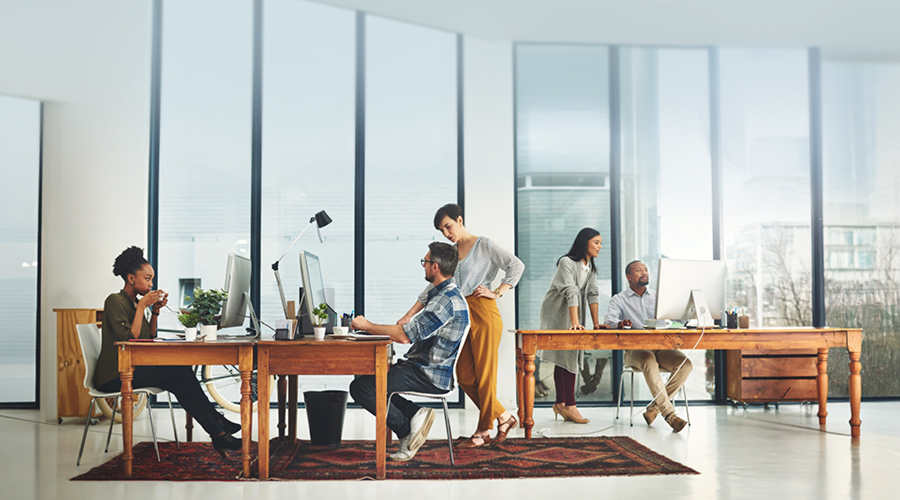The Business Case For Green Buildings
The struggling world economy has compelled most organizations to reassess their priorities and focus on the initiatives they consider most valuable. As a result, many worthy programs are being abandoned or dramatically scaled back in an effort to save money, conserve resources and adapt to a shrinking marketplace.
So where does sustainability fit within this new constrained reality? Are businesses continuing to embrace green initiatives with the frequency and fervor they did prior to the recession?
Interestingly, the economic slowdown is driving sustainability to new heights. Green is increasingly recognized as a competitive differentiator, a strategy to save resources (including money), and a way to support people with healthy workplaces and socially responsible operational practices. Current green strategies run the gamut — from simple and practical to innovative and far-reaching. But without question, return on investment (ROI) has become the primary factor driving nearly every decision. Now more than ever, businesses are most likely to invest in improvements that pay for themselves — and beyond — quickly.
Tight Market Spurs Innovation
Although the downturn has curbed new construction considerably, the building projects that are moving forward are significantly more green — perhaps even greener than they would have been in a stronger economy.
Sustainability is increasingly recognized as an effective strategy to distinguish new buildings and make them attractive to tenants and investors in a tightening marketplace.
The business case for green is supported by a 2008 CoStar Group study, which found that green buildings outperform their non-green peer assets in key areas such as occupancy, sale price and rental rates — sometimes by wide margins. According to the study, LEED buildings command rent premiums of $11.33 per square foot over their non-LEED peers and have 4.1 percent higher occupancy. Rental rates in Energy Star buildings represent a $2.40 per square foot premium over comparable non-Energy Star buildings and have 3.6 percent higher occupancy.
In Washington, D.C., two developers are running neck-and-neck in their quest to complete the District’s first LEED Platinum office building. This competition isn’t just about bragging rights; it’s market differentiation that is expected to have bottom-line implications.
Because construction of new projects has slowed, many corporations and developers are taking the opportunity to fine-tune and upgrade their existing buildings and spaces. Some are focusing on individual projects, while others are committing to analyze and upgrade their entire portfolio. Their goals are to reduce operating expenses, standardize their real estate operations, and build in long-term sustainable solutions.
Several benchmark rating systems are available to help building owners and operators assess the sustainability of existing buildings.
Related Topics:













